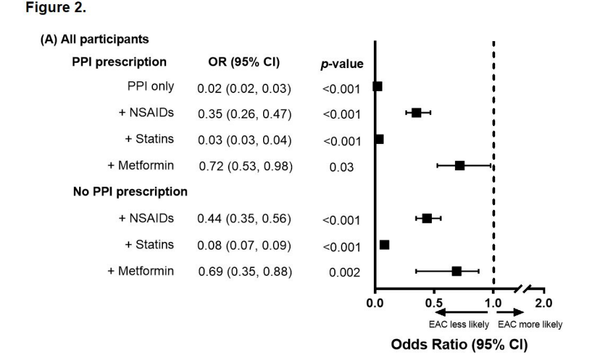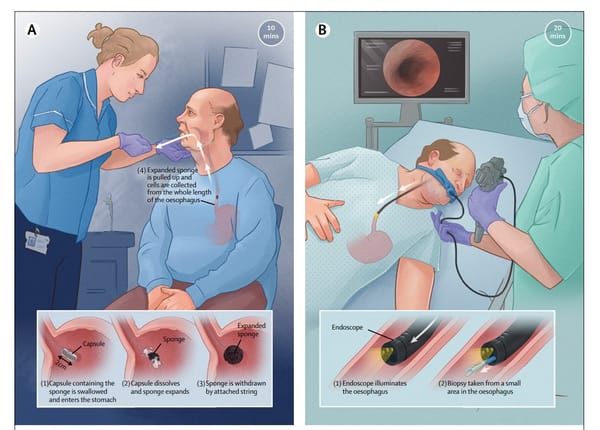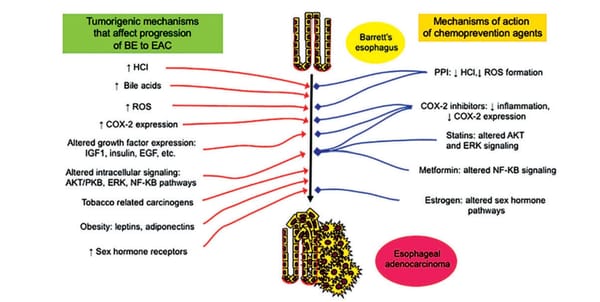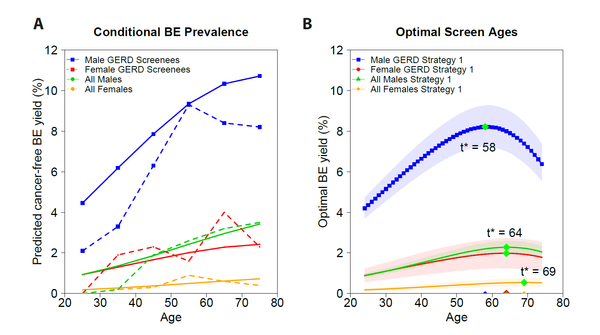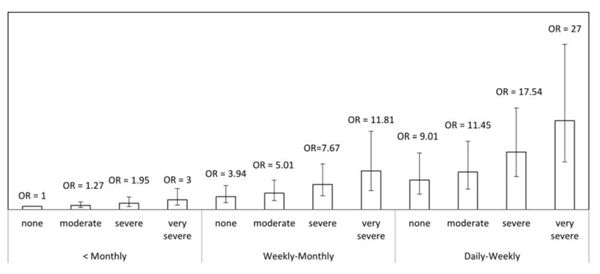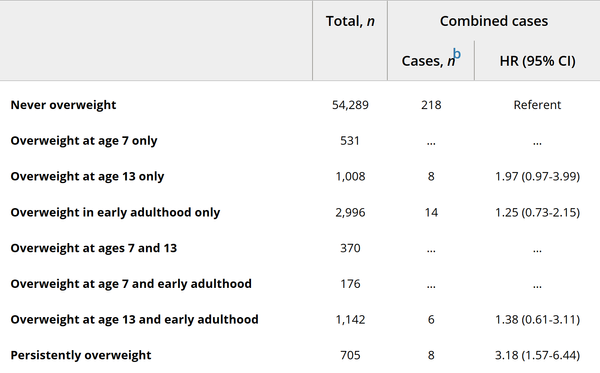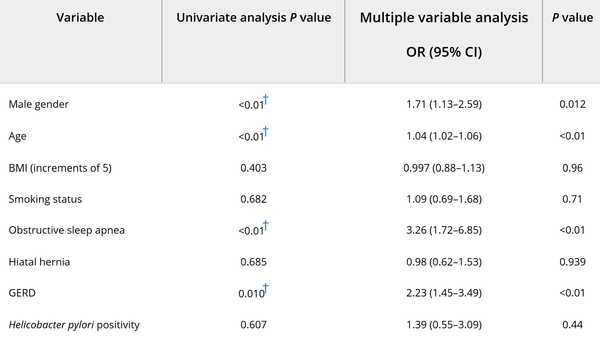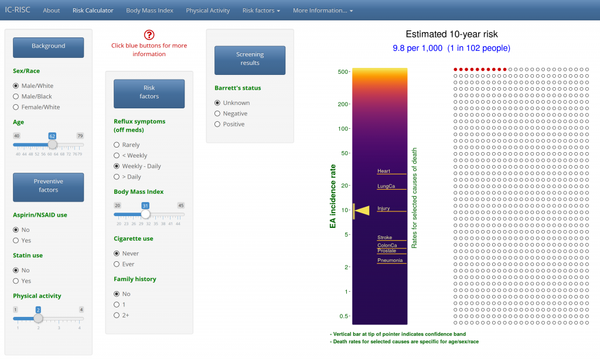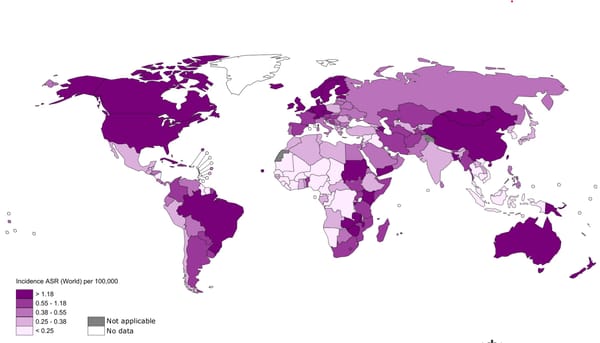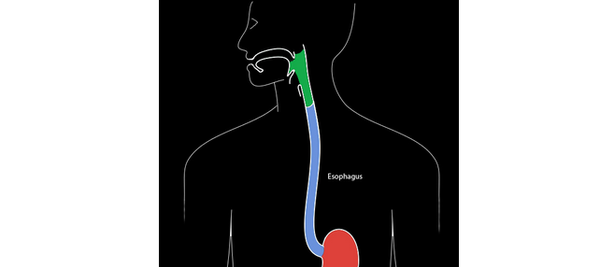
Review of Barrett's and esophageal adenocarcinoma
The authors review the incidence of BE and EAC and associated risk factors, evidence for improved outcomes among patients with a prior diagnosis of BE compared to those without, and the challenges of developing accurate prediction models in the context of high population prevalence of risk factors.

